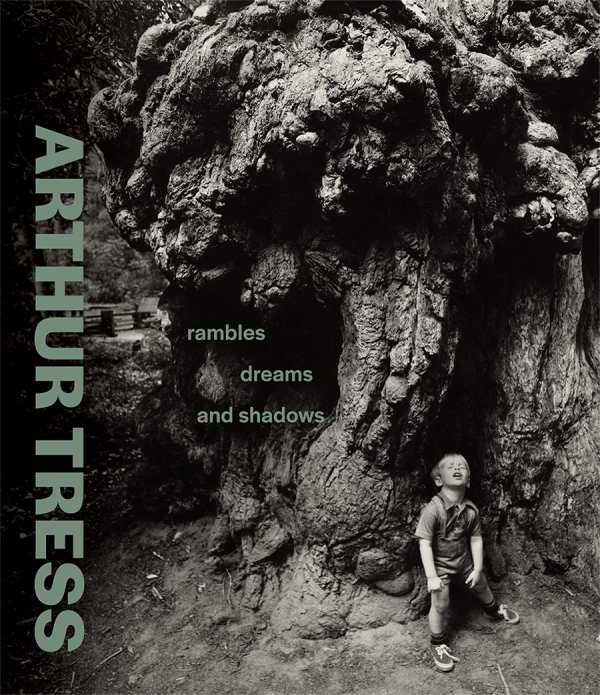Arthur Tress
Rambles, Dreams, and Shadows
The nascent work and artistic influences of celebrated photographer Arthur Tress are the focus of this book that chronicles his transition from photojournalist to artistic photographer. It includes probing essays by museum curators and numerous photograph prints and contact sheets.
Tress started as a “stock sociology” photographer, cobbling together commissions to document social and environmental problems and folk customs around the world. Among the most memorable images here are his sympathetic, textured portraits of Appalachian artisans and depictions of bleak landscapes ravaged by strip mining. There are glimpses of the unsettling juxtapositions and surrealist imagery of his more mature work in shots of a girl looking glum, posing next to a battered doll head stuck in a leafless bush. These and other blends of portrait and landscape photography are described by curator Mazie M. Harris as the output of an artist aiming to shake up “Americans hyped up on postwar affluence.”
Tress evokes the grittiness of 1960s-1970s New York City in his photographs of polluted inner city open spaces where people play cards and children play. Tress, coming to terms with his own homosexuality, also captured tension-ridden, striking scenes of men cruising in Central Park’s Ramble and drag performers posing in Gothic landscapes.
Later projects evince Tress’s fascination with “visualizing daydreams and nightmares”—an enigmatic world where deserted buildings and eerie landscapes feature jarring images that are sometimes playful, but more often dangerous and beset with menacing shadows. Many images of children in these ambiguous, unsettling settings add to their edginess.
Tress’s own writings bookend this volume, with insights into how his travels and the competitive New York photography world energized and inspired him to create photographs that “we can pray to, that will make us well again, or scare the hell out of us.”
Reviewed by
Rachel Jagareski
Disclosure: This article is not an endorsement, but a review. The publisher of this book provided free copies of the book to have their book reviewed by a professional reviewer. No fee was paid by the publisher for this review. Foreword Reviews only recommends books that we love. Foreword Magazine, Inc. is disclosing this in accordance with the Federal Trade Commission’s 16 CFR, Part 255.

